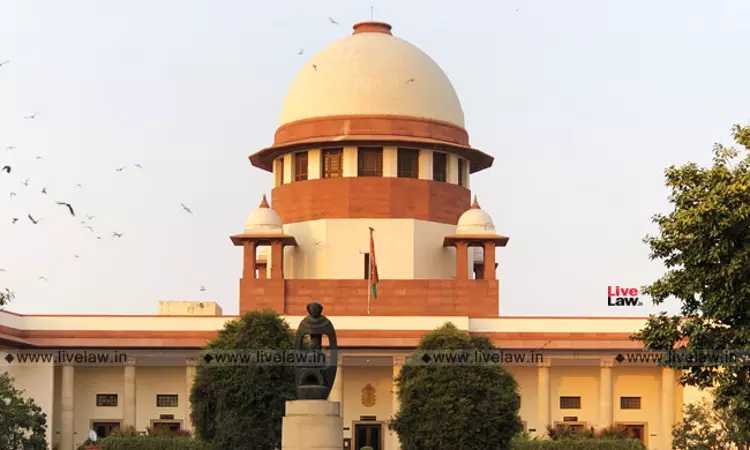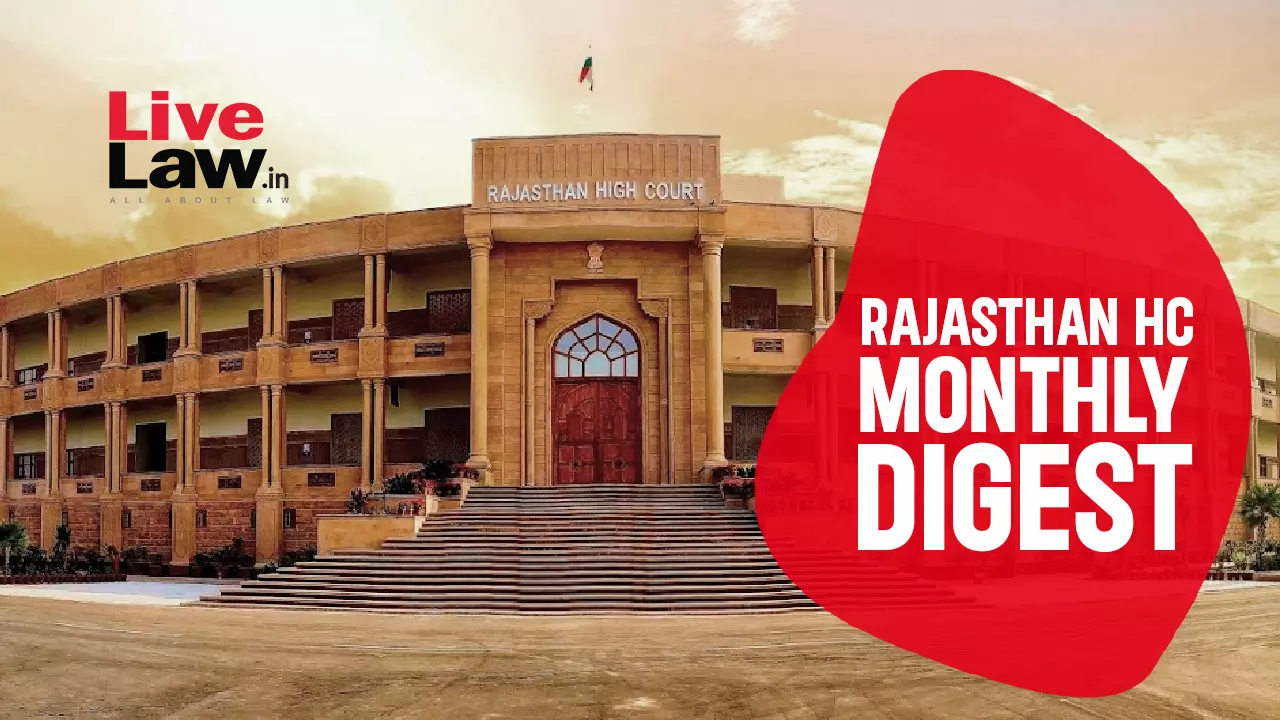Kolhapuri Chappal Walk Into Court Room

The Cotton Plaid lungi, dried out under the blazing South Indian Sun, when twisted around the worker’s, toddy tappers and farmers had actually discovered its means into Houte Coutre in 1960s The dupatta comes to be a Scandinavian Scarf, the Lehenga Morphs into a bohemian skirt,
When Global Fashion obtains from standard identification, the line in between the gratitude and appropriation blur, they are personification of neighborhood, location and memory. Indian styles are typically removed of context, definition and acknowledgment, leaving craftsmens in the darkness while companies taking the praise.
In Milan Spring- Summer Fashion Week,’ 2026 Prada has actually strolled right into the very same pattern resembled in the Kolhapuri Chappal, secured by Geographical sign (GI) standing in 2009 for a duration of 10 years i.e. till 2029[1] by craftsmens from Maharashtra andKarnataka
India’s Geographical Indication (GI) regimen was established to equip regional manufacturers and neighborhood by providing them unique legal rights over their culturally rooted- excellent s.
However, the current dispute finished into a Public Interest Litigation (PIL) prior to the Bombay High Court, situation has reignited a lengthy- standing discussion: is enforcement design as well procedurally stiff to offer its objective?
The Court, while disregarding the PIL versus affirmed violation by the style residence Prada, reasoned that the petitioners- supporters did not have standing under area 21( a) of the GIAct The area limits the right to look for alleviation for violation to the “registered proprietor and “authorized users” PIL is not the vessel to look for solution as it can not replace a civil solution or be transformed to civil fits to prove personal industrial legal rights.
While the lawful setting lines up with the message of the legislation, it perhaps threatens the GI Act’s objective in scenarios where neither the signed up owner neither the accredited individuals act[2], and the GI is noticeably being weakened. This regulation assumes a degree of understanding, lawsuits preparedness amongst the craftsmens, areas or state– possessed owner bodies (such as LIDKAR and LIDCOM in today situation), presumptions that do not constantly be true in method.
In difference, Madhya Pradesh High Court, in Scoth Whiskey Association situation[3] embraced a purposive analysis of Section 21[4] Faced with the argument that the authorised customer had actually not been signed up with as an event, the court held that words “and” in Section 21[5] need to read disjunctively. Thus, enabling the signed up owner to go after the violation activity separately by analyzing the ‘and’ as an ‘or’, conserving match from early termination yet declared the Act’s safety intent despite market deceptiveness.
The Gulf in between the Madhya Pradesh and Bombay High Court mirrors a wider issue of Whether Judiciary needs to purely translate legal language or usage constitutional devices to support the statuaries’ spirit. The Bombay High Court, rather than straight-out termination, can have attracted stimulant from MERC- documents PIL[6], Nesar Ahmed Case[7], and similar CPC concepts[8] to include required events, mid- stream, in continuous PILs with the objective of preventing numerous procedures[9] and for reliable adjudication of the dispute in between the events[10], particularly since the claimed violation included a worldwide brand name and irreversible dilution of the GI.
Furthermore, the Geneva Act of the Lisbon Agreement consists of more comprehensive GI security like standard crafts and fabric. India’s lack threatens its capacity to protect worldwide security for its GIs with a unified lawful system. Unlike JOURNEYS, which uses minimal security and no actual cross boundary enforcement devices. The Geneva Act allows automated acknowledgment and enforcement of GIs throughout participants states. In situations like the Kolhapuri– Prada dispute, being a participant can enable India to proactively insist and safeguard its standard items in worldwide court.
India’s GI legislation is structurally audio, yet its effect depends upon the energetic enforcement by signed up owners. The Kolhapuri chappal situation highlights a much deeper stress in between GI neighborhood rooted in social legal rights and GI’s unique lawful syndicates. While craftsmens create the spirit of the items’ online reputation, the legislation restricts the enforcement to pick entities, typically providing the neighborhood voiceless. A real reliable GI structure should link this void by providing lawful voice that culturally endure it, enable decentralised devices that enable them to act without official enrollment as authorised individuals, committed enforcement and oversight body to proactively keep track of violation.
The writer is an Advocate exercising atSupreme Court Views are individual.
[2] Section 2( b) r/w S 17 and 21.
[3] 2023 SCC Online MP 5352,
[4] The Geographical Indications of Goods (Registration and Protection) Act, 1999
[5] The Geographical Indications of Goods (Registration and Protection) Act, 1999
[6] PUBLIC PASSION LAWSUITS NO. 129 OF 2018
[7] Nesar Ahmed v. Kolkata Municipal Corporation 2019 SCC Online Gau 1030
[8] Order 1 Rule 10 of Civil Procedure Code, 1908
[9] Savitri Devi v. District Judge, Gorakhpur and Ors, 1999 (2) SCC 577
[10] Anil Kumar Singh Vs Shiv Nath Mishra (1995) 3 SCC 147





